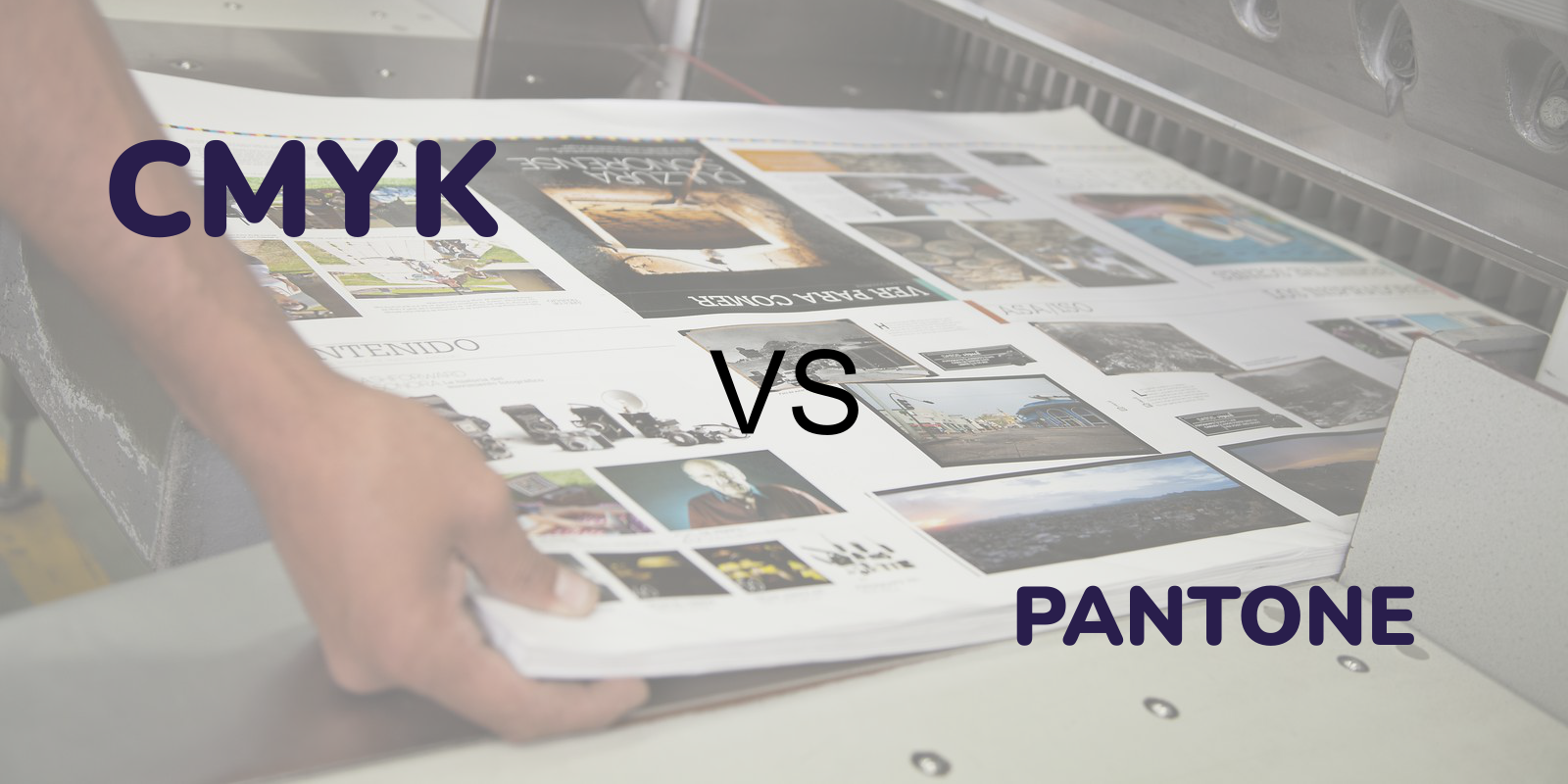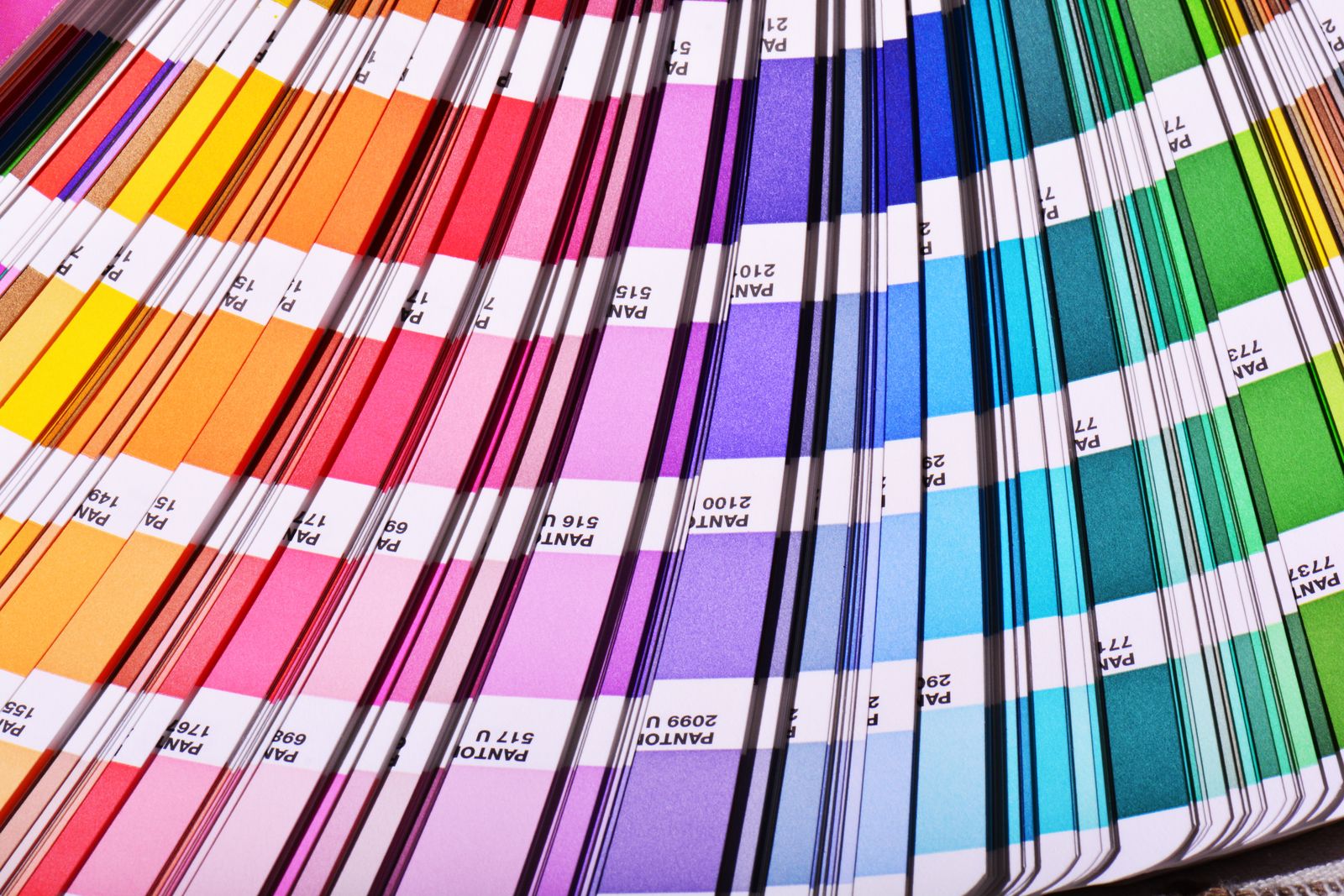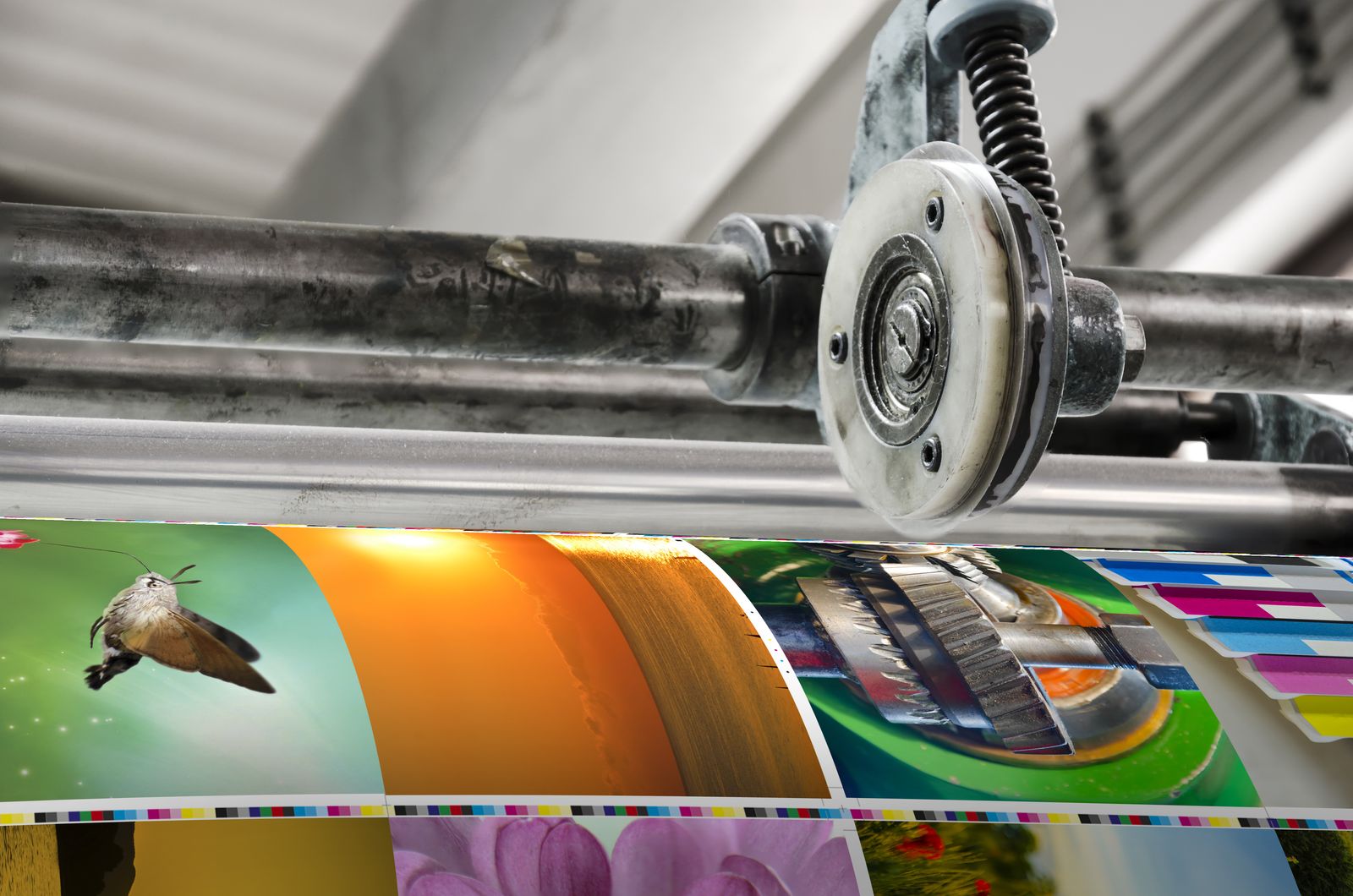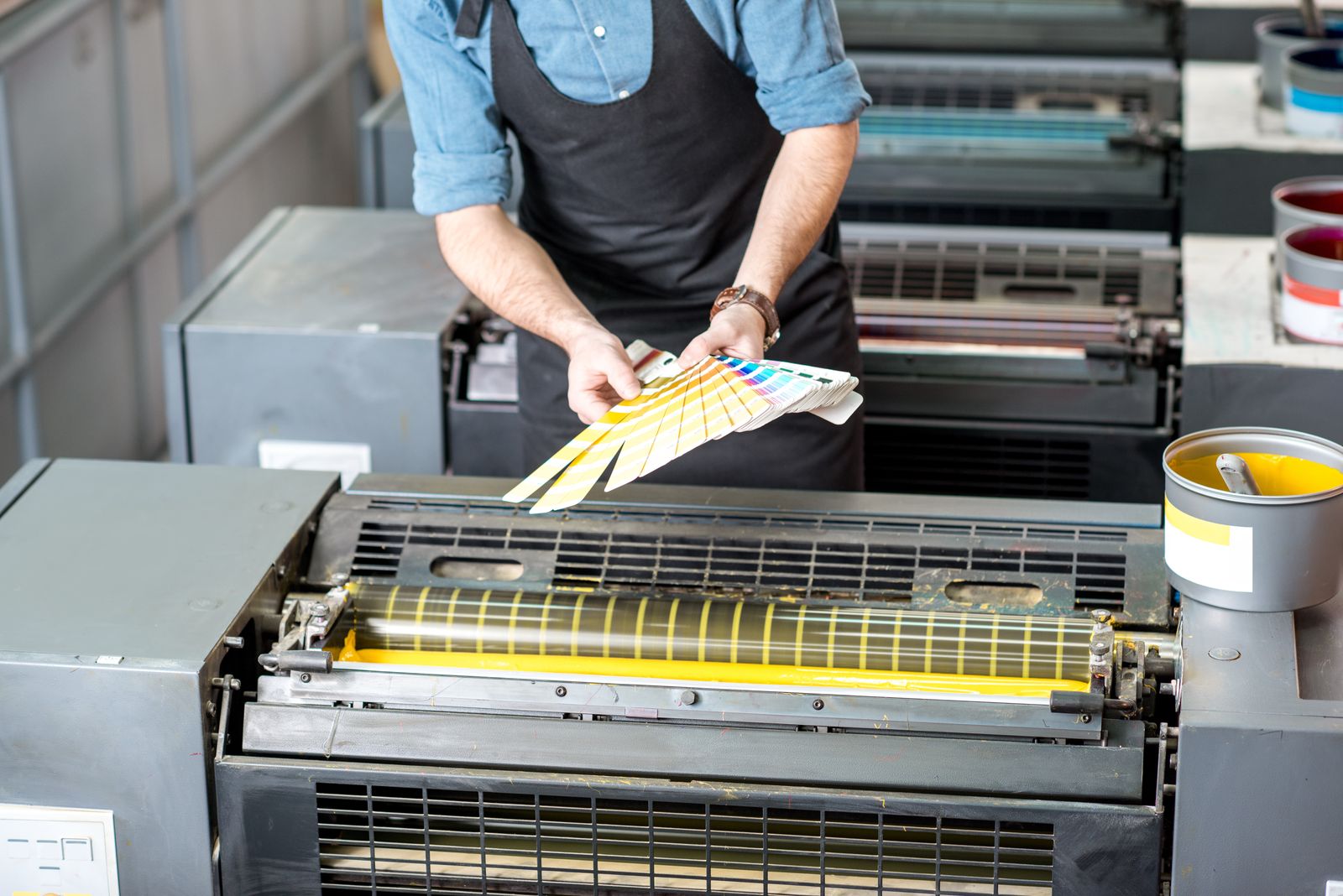
CMYK vs Pantone printing which is the right for you?
Let's talk about these two different print processes and the pros and cons of CMYK vs Pantone.
What are the differences between CMYK and Pantone printing? We discuss often with our clients the use of Pantone vs CMYK, by offering always advice on which system use case by case.
While almost all products can be printed with the CMYK colour space, others require the specific use of Pantone or a mix of CMYK and Pantone printing.
At Bold Colours, we help our customers choose the printing colour system that suits best for their printing needs.
Before comparing the two systems let's talk about what each system is in detail.

What is Pantone Printing?
Often referred to as spot colours, Pantone is a proprietary colour space created by Pantone Inc.
Pantone colour printing is colour specific and takes highly precise mixes of ink to create an exact colour, each colour corresponds to a number and a swatch sample, and can be replicated with a really small margin of error.
It uses pre-determined colours to “match” a certain colour used in the design process. Therefore, it’s known as the Pantone Matching System.
Using the Pantone Matching System ensure that manufacturers in different industry and geographical area are able to match colours without comparing directly visual samples.
This ensures that once selected the colours from the swatch any printer with support for Pantone colour printing will be able to produce the product with the same consistency.
Pantone is most used when the accurate colours match is the requirement, so is often selected for branded products, logos, corporate stationery such as spot colour Business Card and Spot Colours Letterheads. Pantone has also been a popular choice for printing products with vibrant and/or metallic colours.
Pantone printing is in general of better quality and more accurate than other systems, often choose from Companies and Governments entity the quality often comes with a more premium price.
When Pantone printing is selected any colours used in the printing process needs to be selected from the swatch, for this reason, Pantone printing usually is based on a small number of colours, while this is not an issue in a product like the compliment slips, the business card or any other product in the business stationery category, can become for reproducing multicolour logos or artworks.

What does CMYK stand For?
CMYK also known as the four colour process, is short for Cyan, Magenta, Yellow, Black (K). Also known as process or full colour in contrast with the B&W, where the final result of the print is visible after a single pass, while CMYK requires the full process to be complete in order to show the final result.
CMYK is the most prevalent method of printing. It works by mixing the four colours in different ways to produce a wide range of secondary colours.
Used in Photo printing, photorealistic imagery and in other products with a great number of multicolour images, is the preferred method for printing magazine, booklets, catalogue and newspapers.
CMYK uses overlapping dots in the four colours to create the images and different shades of colours, this can result in a great variety of colours in any small area of the print.
One of the limits of this technology is found in the lack of vibrancy of the CMYK printed colours compared to other technologies like RBG colours on Screen or Pantone and RAL.
The other major limitation of the CMYK printing system is the accuracy of the colours themselves, the same printer can produce slightly different results over time with the same digital file and equipment.

Which System you should use?
There are a number of factors as production time, run, budget, identity and brand guideline that can influence the decision about what system is the right to choose for you. We will list some of the factors you should consider and our opinion about what is the best choice based on that single factor.
Bear in mind that the final choice is always of the customer and the are factors more important for some that are irrelevant for others.
Consistency: Pantone
If consistency is the major factor to consider the Pantone printing give you the best results.
Cost: CMYK for multicolour products
If Cost is an important factor for you for we advise choosing CMYK.
Colours fidelity: Pantone
The superior fidelity to the Pantone Matching System is a clear winner for all the products that require a precise colours match.
Time of production: CMYK
CMYK printing does not require change the ink in the equipment and different jobs can be printed in the same batch so the production time is usually shorter than Pantone.
Tl;DR
For consistent branding and logos, Pantone printing is a better choice. For print jobs where exact colour isn’t a concern, CMYK printing is the best choice.